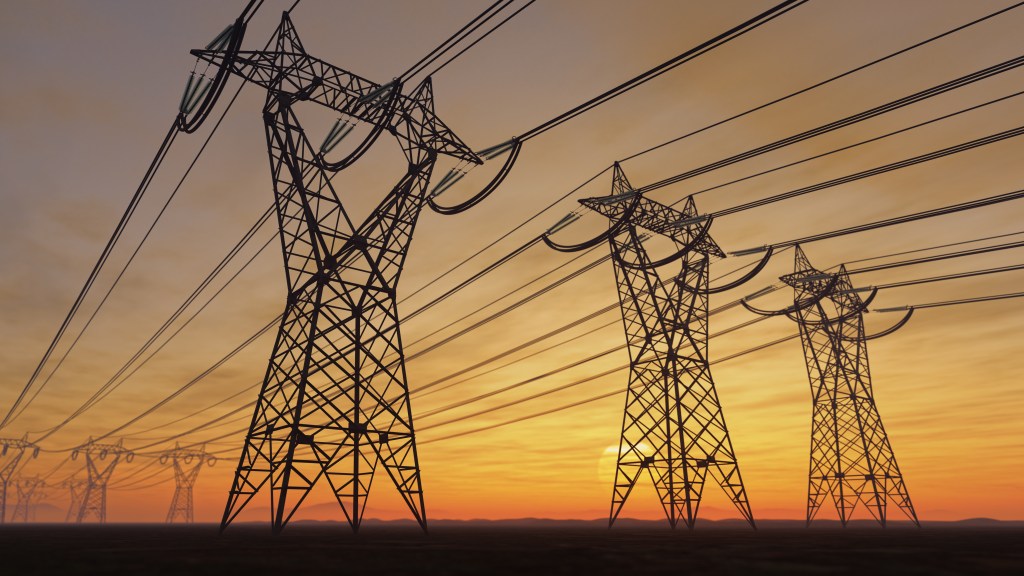In a notable decision, the U.S. Department of Energy (DOE) has finalized a $1.6 billion loan guarantee aimed at upgrading approximately 5,000 miles of transmission lines across Indiana, Michigan, Ohio, Oklahoma, and West Virginia. This initiative, involving American Electric Power (AEP), one of the nation’s largest utilities, seeks to enhance the capacity and efficiency of existing power lines without establishing new routes.
Project Overview
The approved project focuses on modernizing existing transmission infrastructure to facilitate a more efficient flow of electricity. By upgrading 5,000 miles of AEP’s transmission lines—representing about 13% of the company’s total network—the initiative aims to bolster the reliability and capacity of the power grid in the specified states. This modernization effort is expected to accommodate increased electricity demand and integrate renewable energy sources more effectively.
Historical Context and Administrative Decisions
The loan guarantee was initially proposed during the final days of the Biden administration, just before President Trump’s inauguration. Historically, the Trump administration has scrutinized and, in some cases, canceled projects approved between Election Day and Inauguration Day. However, this particular grid modernization project has been allowed to proceed, marking a departure from previous patterns.
Comparative Analysis of Energy Projects
The decision to advance the AEP project stands in contrast to other energy initiatives facing cancellation under the current administration. For instance, the DOE is moving to cancel a $467 million grant in Minnesota intended to unlock 28 gigawatts of new generating capacity, primarily from solar and wind sources. Similarly, a $250 million grant in Oregon aimed at connecting multiple renewable projects is under threat.
Notably, a $630 million grant designed to modernize California’s grid is also slated for cancellation. This project shares similarities with the AEP initiative, focusing on enhancing existing infrastructure to alleviate congestion. It planned to test advanced conductors and dynamic line rating devices to increase the capacity of current rights-of-way, offering a cost-effective alternative to constructing new power lines.
Financial Implications and Customer Benefits
The loan guarantee enables AEP to secure financing at reduced interest rates, projected to save the company at least $275 million. These savings are expected to be passed on to customers, potentially leading to lower electricity costs in the affected regions. Energy Secretary Chris Wright emphasized that the loan will ensure lower electricity costs across the Midwestern region of the United States. The states involved already benefit from some of the nation’s lowest electricity rates, and this project aims to further enhance affordability and reliability.
Policy and Programmatic Considerations
The loan guarantee is administered through the DOE’s Loan Programs Office, recently rebranded by the GOP as the Energy Dominance Financing Program. Established under the Energy Policy Act of 2005, this office has traditionally focused on supporting clean energy and manufacturing projects. Historically, the office has maintained a loss rate of approximately 3%, significantly lower than that of private sector lenders, indicating prudent management of loan guarantees.
Conclusion
The DOE’s approval of the $1.6 billion loan guarantee for AEP’s grid modernization project underscores a strategic investment in the nation’s energy infrastructure. By enhancing the capacity and efficiency of existing transmission lines, the initiative aims to improve electricity reliability and affordability in the Midwest. This decision highlights a nuanced approach to energy policy, balancing infrastructure development with fiscal responsibility.



